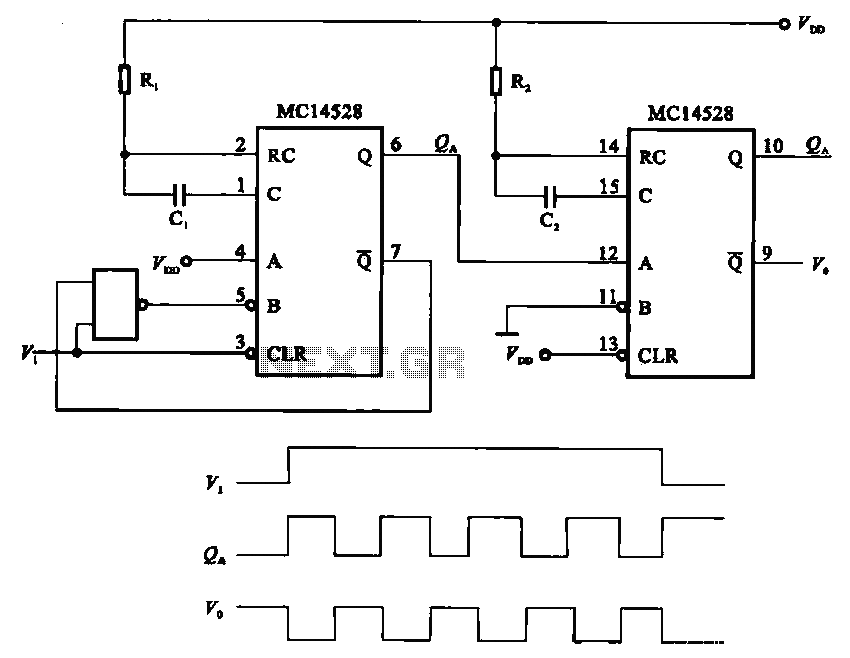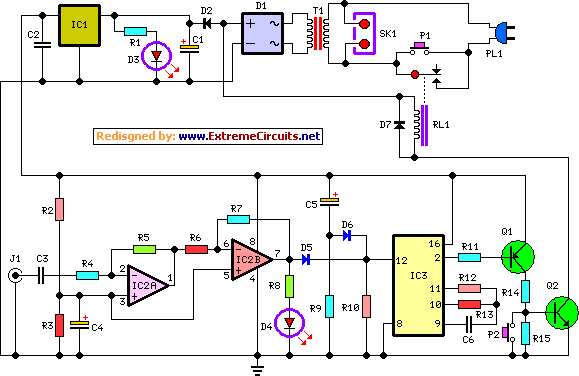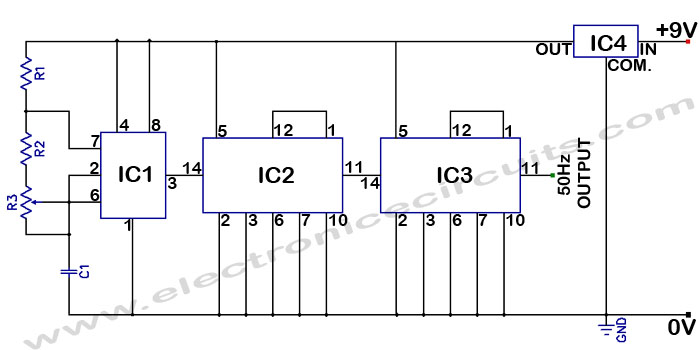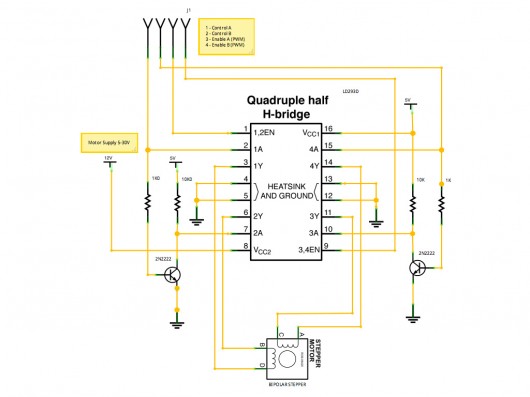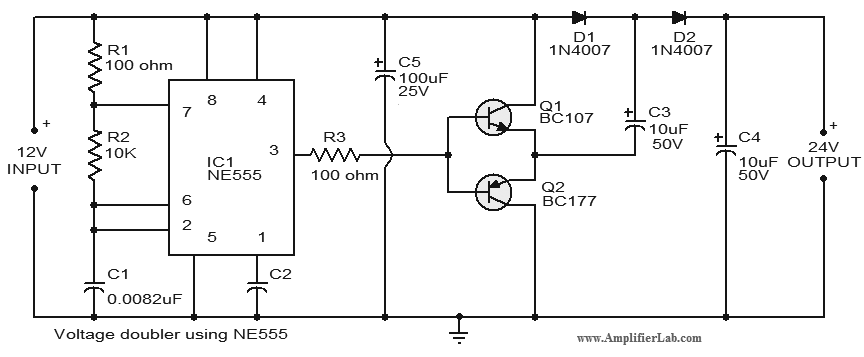
The LC oscillator circuit for electronic cello

This circuit is an enhanced Hartley oscillator, which allows for frequency adjustment within a specified range by altering the base current. The output signal amplitude exceeds 6V when tested with a 6kΩ load resistance, making it suitable for use in electronic cello circuits.
The improved Hartley oscillator operates based on the principle of feedback and utilizes an inductor-capacitor (LC) tank circuit to generate oscillations. The configuration typically consists of two inductors and a capacitor, which together determine the oscillation frequency. The frequency of the output signal can be finely tuned by varying the base current through a transistor, which acts as the active component in the oscillator circuit.
In this circuit, the inductors are connected in a specific manner to create a tapped inductor configuration, which provides the necessary phase shift for sustained oscillations. The capacitor is connected across the inductor to form the resonant tank circuit. The resonant frequency (f) of the oscillator can be calculated using the formula:
f = 1 / (2π√(L_total * C))
where L_total is the equivalent inductance of the combined inductors and C is the capacitance. By adjusting the base current, the operating point of the transistor can be modified, which in turn affects the gain and oscillation conditions, allowing for frequency modulation.
The output of the oscillator is characterized by a peak amplitude greater than 6V when a load resistance of 6kΩ is applied, indicating a robust output suitable for driving other electronic components. This feature is particularly beneficial in applications such as electronic cello circuits, where a stable and adjustable frequency is required to produce desired sound characteristics.
Overall, the improved Hartley oscillator circuit exemplifies a versatile design that can be effectively implemented in various electronic applications, especially in musical instrument circuitry, due to its ability to deliver high output amplitudes and adjustable frequencies.This circuit is the improved hartley oscillator circuit, changing the base current can adjust the frequency in a given range. The output signal amplitude is higher than 6V in 6k? load resistance,and it is suitable for electronic cello circuits.. 🔗 External reference
The improved Hartley oscillator operates based on the principle of feedback and utilizes an inductor-capacitor (LC) tank circuit to generate oscillations. The configuration typically consists of two inductors and a capacitor, which together determine the oscillation frequency. The frequency of the output signal can be finely tuned by varying the base current through a transistor, which acts as the active component in the oscillator circuit.
In this circuit, the inductors are connected in a specific manner to create a tapped inductor configuration, which provides the necessary phase shift for sustained oscillations. The capacitor is connected across the inductor to form the resonant tank circuit. The resonant frequency (f) of the oscillator can be calculated using the formula:
f = 1 / (2π√(L_total * C))
where L_total is the equivalent inductance of the combined inductors and C is the capacitance. By adjusting the base current, the operating point of the transistor can be modified, which in turn affects the gain and oscillation conditions, allowing for frequency modulation.
The output of the oscillator is characterized by a peak amplitude greater than 6V when a load resistance of 6kΩ is applied, indicating a robust output suitable for driving other electronic components. This feature is particularly beneficial in applications such as electronic cello circuits, where a stable and adjustable frequency is required to produce desired sound characteristics.
Overall, the improved Hartley oscillator circuit exemplifies a versatile design that can be effectively implemented in various electronic applications, especially in musical instrument circuitry, due to its ability to deliver high output amplitudes and adjustable frequencies.This circuit is the improved hartley oscillator circuit, changing the base current can adjust the frequency in a given range. The output signal amplitude is higher than 6V in 6k? load resistance,and it is suitable for electronic cello circuits.. 🔗 External reference
